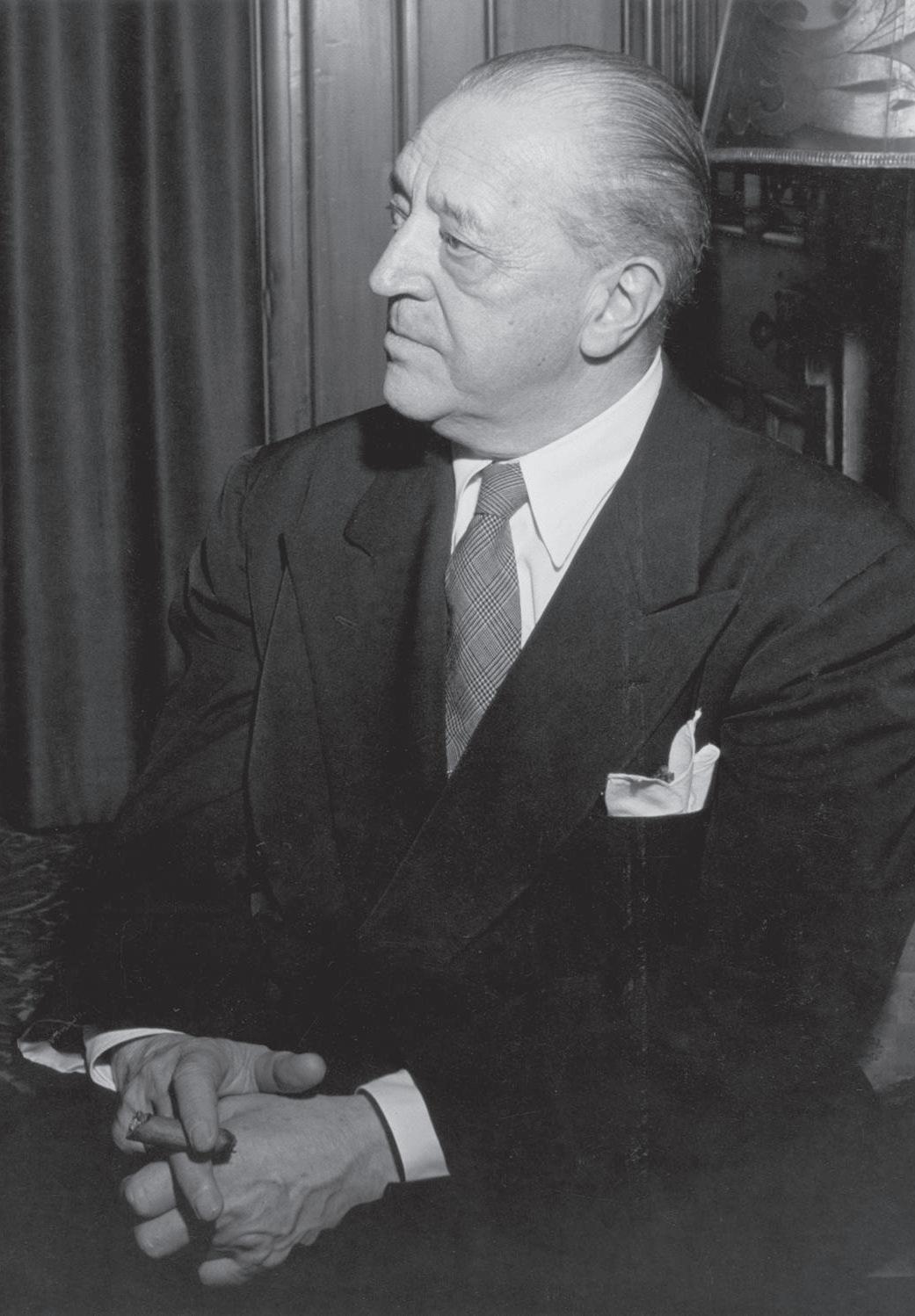Starchitect.
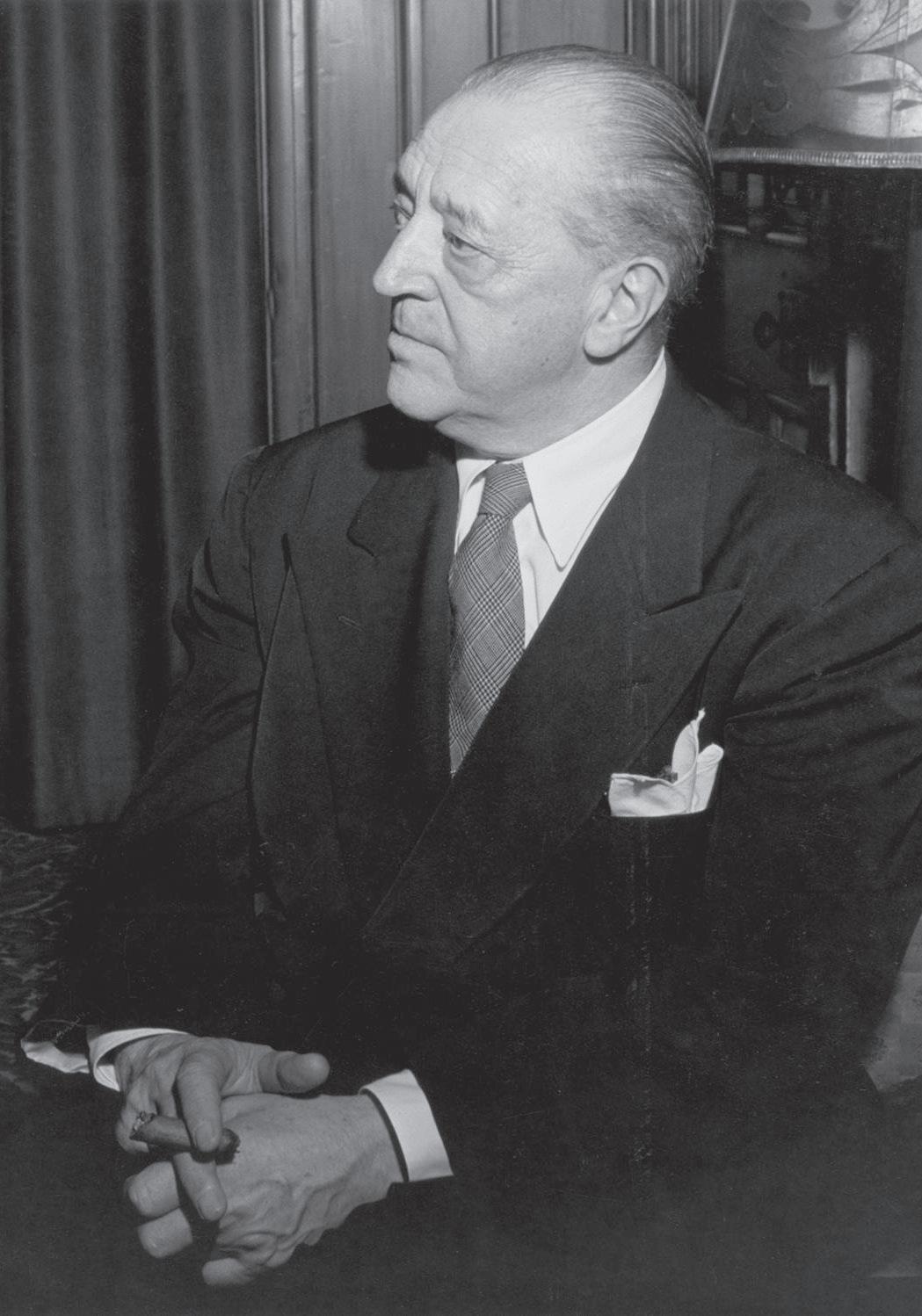
 by Vicente Mateus
by Vicente Mateus

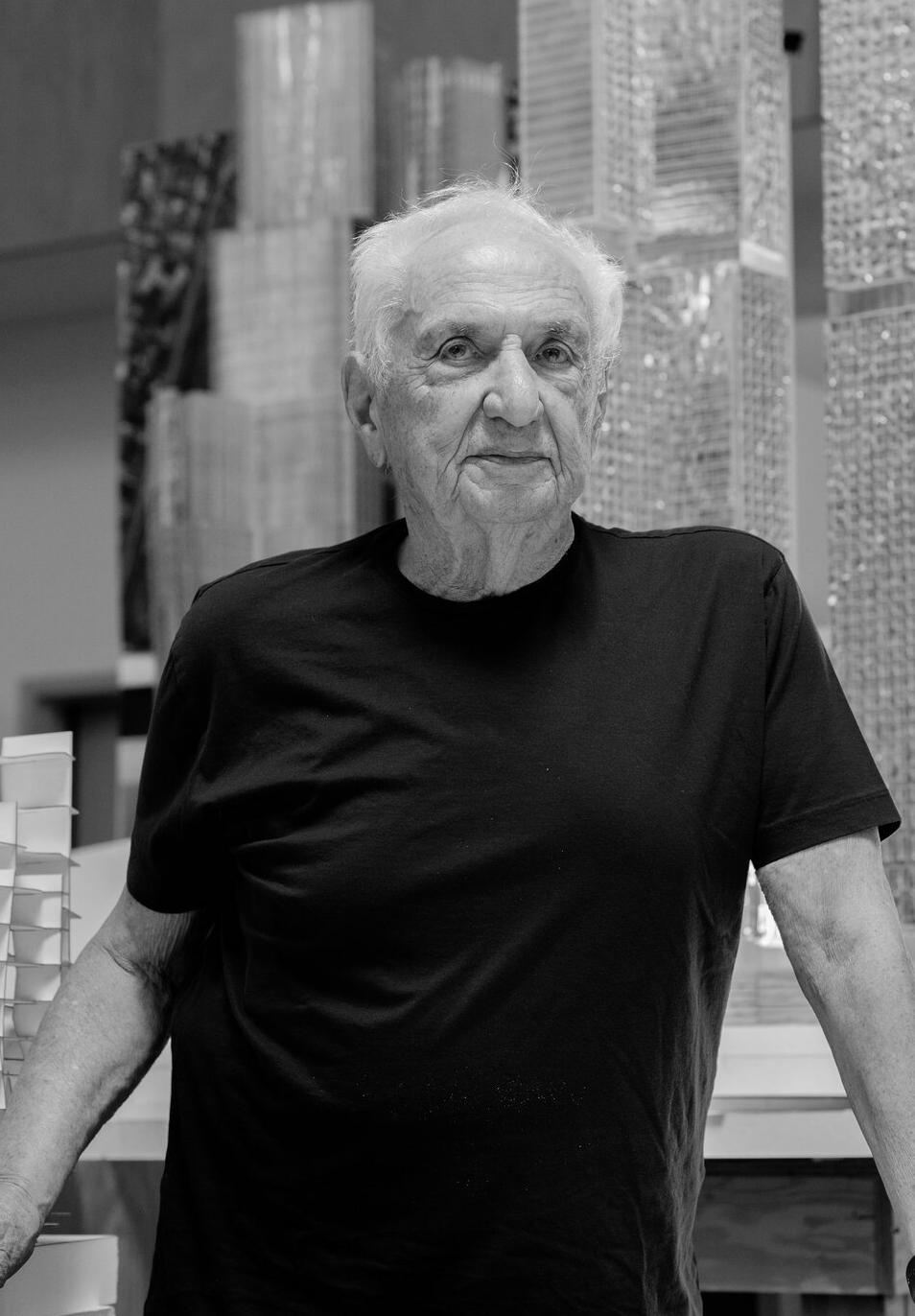




Status quo: The grandiosity complex of the architect from the history books and how he got there.
“The architect was born, he who could partner the ingineousity of the technical aspects of the act of building with the fulfillment of our inner most physical and spiritual needs.”
The beginning
For as long as mankind has been around, so has architecture. It arose from the sole porpose of safeguarding our organism from the natural elements and hazards. In other words, architecture as we know it originated form the realization that the ideal comfort of our species can only be attained through the use of our intellect.The act of transforming our environment to better suit our needs is an act of pure intelligence, the trait that enabled humans to thrive for so many centuries. The architect was born, he who could partner the ingineousity of the technical aspects of the act of building with the fulfillment of our innermost physical and spiritual needs.
How HVAC gave birth to the architects we admire
Perhaps the most straightforward way of making a case for the malicious effects of modernism in our current scenario is looking at the 20th century architecture through the lens of HVAC. In short, here is how the dictionary addresses it (from dictionary.com ):
HVAC [ eych-vak ] noun
1. Heating, ventilation (or ventilating), and air conditioning: The right HVAC system can help regulate the environmental factors inside your home, like air quality, humidity, and temperature.
“Undeniably, attaining control of the factors that dictate physical comfort can be a valuable asset in the pursuit to emancipate architecture from the norms that were up to now imposed by the natural environment, but (...) it was also perhaps what stemmed the detachment between buildings and nature, and therefore between humans and nature.”
Furthermore, the social condition of our species meant that we would inevitably build physical structures to support our social ones, to cherish a sense of togetherness, to gather communities that work in tandem for a common good, which eventually gave birth to the phenomenon of civilization. Nowadays, the metropolitan city has taken over as the epitome of the civilized world, an environment where everything happens at a frantic pace and where new possibilities are lurking in every corner. Indeed, much of the development that led us to our day and age have to be accredited to the concentration of population as a propeller of innovation and dissemination of novel ways of thinking. The concept of our modern world is hence strongly tied to the ways in which we operate in large urban contexts, but as we begin to realise that many of the health conditions that we are experiencing today - both civil and environmental - are largely due to the overglobalized world we inhabit, can we rethink the ways in which we build (or not build)? Can we restore the essential symbiosis that ties humans to our natural environment that we lost somewhere along the way?
As an initiator of this debate, I propose to travel a few years back in time in order to reorganize how I think modern architecture should be interpreted and, in the same model, how it should further develop. In that regard, there will be two topics around which this manifesto will unfold: climate and agency . The former attends to the environmental urgencies of today, how they were left out somewhere along the line and how we can address them going forward. The latter is relative to the individuals and institutions that hold primacy over what is built in the world of today and aims to later formulate a model that flattens the hierarchical structures that seem to be the leitmotif of most architecture in the globalized world. By the end, we should get a more clear picture of what or who gets left out from the main narratives that we perpetuate, as well as optimistically picturing a more fair framework for the future of architecture.
The notion of controlling the variables of our climate, one could say, is a direct byproduct of technological development. Progress is achieved through optimization and automation, but more crucially for this discussion, by typification, which inevitably leads to an ever more globalized world. Undeniably, attaining control of the factors that dictate physical comfort can be a valuable asset in the pursuit to emancipate architecture from the norms that were up to now imposed by the natural environment, but, as we are certainly aware of, it was also perhaps what stemmed the detachment between buildings and nature, and therefore between humans and nature.
A great deal of what architecture used to be beforehand had drastically changed due to artificial climatization. The capability of microadjusting every climatic variable in a building made it possible to build a grander spectrum of possibilities where they wouldn’t be possible prior to this technology. Overnight, buildings could be designed for both hot and cold climates, for an European and an Asian city in the same fashion, since the strain of adapting to the environment was almost completely deposited on the HVAC systems. Although it generated more possibilities for reinvention in architecture, it further detached it from recurring themes that were still relevant but largely ignored during this new era, namely tradition and self sufficiency . What we know as International Style was formulated, and every post war or American city that aimed for greatness was promptly subscribing to it. The quality of architecture was now of an absolute value - not relative to the context in which the architectural artifact is located - since the territorial condition was largely rendered irrelevant at this point.
Moreover, the running costs of what was being made back then (and still now) are astronomically high, reliyng on fossil fuels to compensate for our lack of understanding of how the natural processes can be a part of the way we design our cities. Whilst a
few architects had an idea of how to appropriate to the environments where they were building, the solutions with which they were coming up still left a bit to be desired, especially in countries that had a vernacular architecture that had found them already. Likewise, the materials and elements needed to accomplish these standards were recurringly sourced globally, without any regard for local industries.
This inevitably led to European or American architects being comissioned to engender full size cities for all corners of the Earth. Modernism was now a global endeavor, which means nothing but the process of distiling the principles of architecture down to a global standard, usually based on Western principles. Political and cultural phenomena happening somewhere on our globe would have radical repercussions on the opposite side of it, almost like a modern butterfly effect. This gave way to what Jürgen Osterhammel called a flattened world , characterized by a spatial and cultural compression in one typified norm. Renowned architects like Le Corbusier would capitalise on this status quo by endorsing in projects such as the one for Chandigarh or La Ville Radieuse , which were perhaps overly generic proposals for very specific contexts. Specificity was seen as an obstacle to our practice, since it requires attention and time, the two biggest enemies of typification and efficiency.
In summary, everything that architecture produced going forward would be understood as an autonomous artifact, that further digressed from its contact with the unlimited resources that are inherent to the environment around it, whilst also contributing to most buildings looking the same, which seems at the very least contradictory given the amount of possibilities that the 20th century brought in terms of building capabilities. “Now that we can build almost anything anywhere, let’s build the same everywhere?”.
The one man show of the 20th century
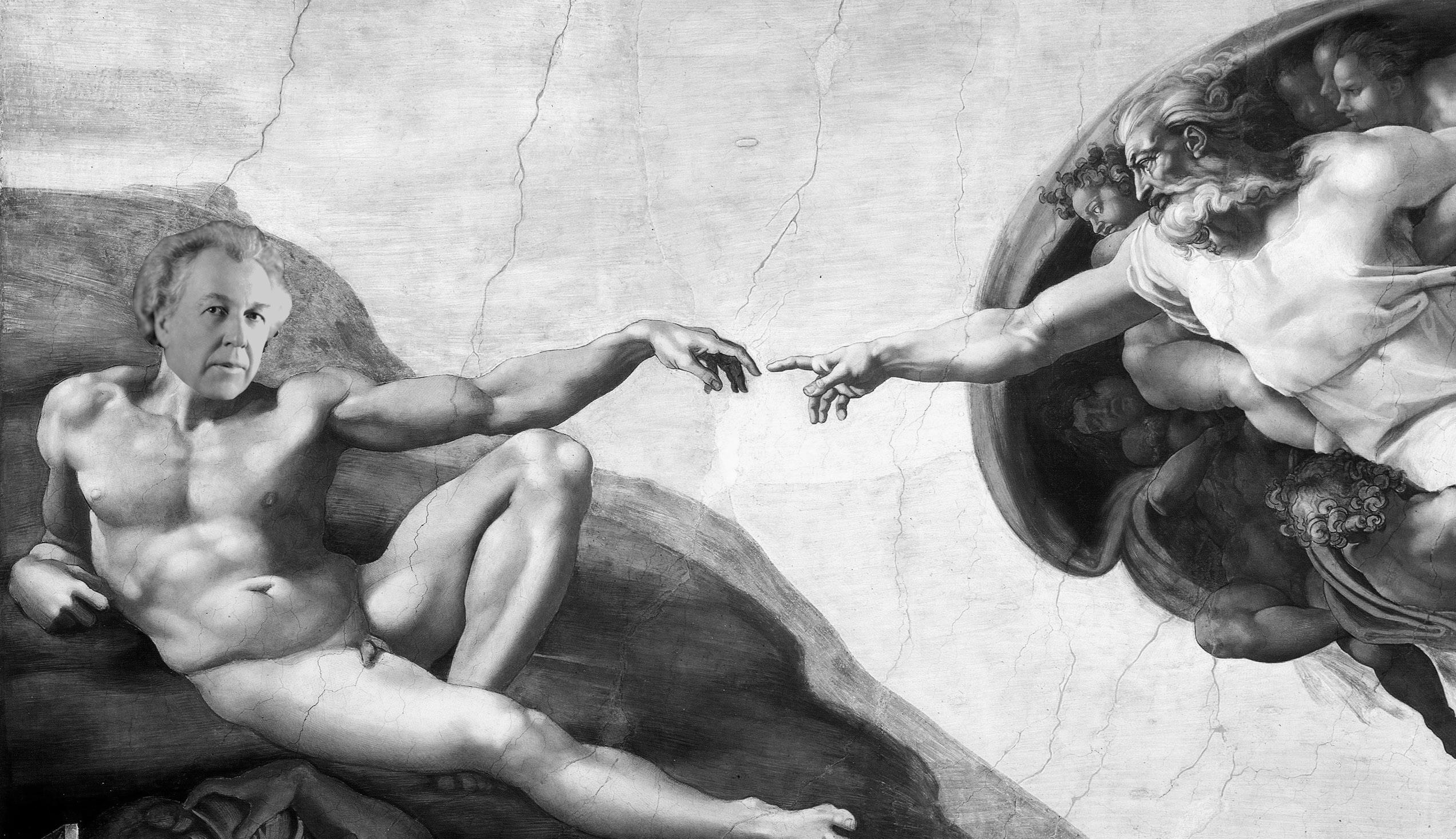
The last few paragraphs may be an appropriate segue into the second theme at hand, the one regarding authorship. As we’ve discussed, the last century gave birth to a general consensus around modernist architecture, one in which it is portrayed not only as being completely indiferent to the context in which it is built but more abruptly as a means of rupture with the historical past. Equally relevant is the fact that we’ve witnessed a radical change in the credit that was given to the architect himself. Architects went from relatively unknown artisans to public personas in which was deposited the confidence of building the post war world. In turn, there was the focus by our history books in selling a lot of our forefathers as heroic geniuses, figures that achieved the unattain-
able, that wear smokings and sit in slick office chair designed by them while smoking a Cuban cigar. Most of them, if not all, widely cultivated the idea of the architectural persona , most notably the already mentioned Le Corbusier, by adopting an alter ego. They were the upper cast of the architectural industry and they also align with the American archetype of the self made man , which was a best seller at the time
The dangers of the stories we perpetuate about these figures and their work are quite obvious. For starters, it is quite probable that most of their achievements were made possible by means of collaborations. In other words, the architects we cherish have all too often overshadowed other people that largely contributed to their success. Luckily, some effort has been put recently on recognising some of the geniuses (to use the same terms) that closely worked with the great architects of the last century, giving them the credit they deserve.
Another issue with the treatment we give to characters such as Frank Lloyd Wright or Mies Van Der Rohe is that we often focus on the fact that they exerted a notable influence on people who worked with them but almost never the other way round. Their collective work is portrayed in an hierarchical way, that clearly distinguishes the figure of the master and that of the pupil in a non reciprocal relationship between the one that solely teaches and the one that solely learns. Needless to say that the transmition of ideas and knowledge doesn’t happen in one way only, as we came to understand it as a bidirectional dynamic in our day and age.
At last, throughout the 20th century, and especially after the armed conflicts that clearly marked it, we’ve come to accept that the concentration of power can mean more harm than good, in general terms. Likewise, these architects held enough power to determine how very large amounts of people - that inhabited the opposite side of the globe - are supposed to inhabit their own land, which seems daunting at best. How can the idea of democracy prevail in a post war world if our offices that build it resemble those of autocratic regimes? How can we create an environment that fosters architecture as a collective practice rather than the one man show model that we came to be fed up with? And how can we reclaim our once lost sensibility towards the environment and towards an architecture that is in tune with it? The next few pages aim to formulate some answers.
“(...) Everything that architecture produced going forward would be understood as an autonomous artifact, that further digressed from its contact with the unlimited resources that are inherent to the environment around it (...)”
“How can the idea of democracy prevail in a post war world if our offices that build it resemble those of autocratic regimes?”
Frank Lloyd Wright being chosen by God Collage with Creation of Adam, Michelangelo, 1512What now?
A plea for fluidity, coalitions and major restructuring.
“We need to look at every building with new eyes and on a case-bycase basis, otherwise architecture is doomed to not produce any relevant novelty anytime soon.”
A new beginning
The need for change is unavoidable, given that we have exhausted our planet and most of its resources. Coincidentally, most projections for the future don’t look very promising and its up to us, as a collective, to ensure that we engage in the urgencies of today and come up with new ways to better adapt the architectural practice to these universal issues. For that, fundamental restructuring has to take place in various sectors of our occupation, from the way we build (or not build) to who we build with and, at last, to whom we build to . Along the way, we’re going to address the same topics of climate and agency , knowing that they are infinitevely nuanced themes that undoubtably deserve a dedicated manifesto each.
ted in , a mindless chore, rather than a field of experimentation that is valuable in itself. Might there be a way to make it an enjoyable part of our design process?
The first step towards a building ethic that is more atuned to our current state is to reclaim the alliance between our buildings, our bodies and the climate, which was ruptured for the most part in the last century, as we’ve seen previously. Attending to the variables of the outside world when designing is guaranteed to bring paramount results:
“If our buildings depend almost entirely on the natural processes that happen both inside and outside of them, and those are fundamentally fluid and in constant fluctuation, architecture itself will therefore be fluid as well.”
Before continuing, I must confess that it deeply sadens me how architecture seems to always be late to catch up with the reality it operates in. Perhaps its biggest obstacles are country states, whose tight legislation often unables novel ideas or large scale systems to take shape. The current mechanisms of applying that legislation are, at the very least, obsolete in that they are based on a very strict and close-minded notion of what quality architecture really is. It reduces that judgement into preset models that hinder the proposal of exciting new ways of inhabiting our cities. If that wasn’t enough, the process of getting a project through that system is overwhelmingly slow and bureaucratic, robbing our practice of the excitement of seeing our ideas being built. In Portugal, the stipulations demanded from our buildings are that they must fit a certain ideal way of building, whilst in countries like Germany, a building sees the light of day as long as if it provides ideal comfort, often regardless of the means used to get there - which seems to be a more progressive system. We need to look at every building with new eyes and on a case-by-case basis, otherwise architecture is doomed to not produce any relevant novelty anytime soon. Indeed, much of the change that we can achieve is highly dependant on geopolitical factors. Regardless, the following argument will open a discussion of a new beginning, beyond the obstacles that are repeatedly imposed to us.
Fluid architecture
Thus far, we looked at how the intentional disassociation between architecture and the natural environment has played a crucial role in the dissemination of modernist architecture. The challenge of climatizing our buildings has been outsourced to HVAC systems that make climate control seem to be more of an imposed stipulation (that we’re doomed to work our way around) rather than a starting point of our projects. Comfort is something that is retrofit-
1. The most obvious is the reduction in consumption and running costs of what we build. By using the natural processes of the environment we can significantly cut the extra energy that would otherwise be needed to compensate for the lack of use we would get from those factors. In most places on earth, achieving a zero consumption value will be unrealistic or impossible, so the task at hand will be to reach as close to that value as possible, at least for now.
2. Most of our world nowadays has adopted data as a currency to guarantee success. It became essential to assess everything from our most superficial desires to the climatic state of the globe. Fortunately, this way of gaining precise insight about the world we inhabit has for decades also played a role in architecture, although it is far from being a standard in most offices. General consensus about the way in which architecture should be informed by real-world data has to be attained in order to achieve significant results.
3. With the realization that architecture shouldn’t be indiferent to the dynamics that surround it, we can make a case for the many possibilities that may be generated. If our buildings depend almost entirely on the natural processes that happen both inside and outside of them, and those are fundamentally fluid and in constant fluctuation, architecture itself will therefore be fluid as well. This underlying state of flux will ensure that our spaces are adaptable, lively and will be the testimony that the symbiosis between buildings and nature has been restaured.
4. Consequently, if every building has a specific environment with unique variables, that means that the cities we’d build could now be composed of great variety and nuance, solely based on the fact that each building would address site specific challenges. That would ensure that a city would be fragmented in moments that tell a story of their own, rather than being the standardised landscape that we’ve come to witness. Variety would become the new unity, whilst the formalisms of the past would be replaced by an expression that is informed by relevant up-to-date matters. A new rationality
would be born, one based on specificity and not on typification.
5. Given the vast built landscape with which we recurringly deal with, one may wonder what to do with such amounts of construction. It is all too easy to demolish what once was a building and replace it with a new one with a carbon neutral stamp on it, which only means that the new construction fits legislative baselines and doesn’t account for its broader ethical motivations. Needless to say, the most effective way of minimizing our ecological footprint and waste is firstly to not build at all, and only then to rethink the structures that we inherit, regardless of their architectural quality, and identifying the layers that can indeed be reused for a new idea.
6. In the case of new construction, being mindful of the implications of using certain materials is vital towards a sustainable building. One should account for all the gas emissions related to their production and transportation, as well as for the conditions provided to the labor behind it.
7. That inevitably leads to an investment in local industries, reducing the distances between the areas of production and those of consumption of all industries, beyond the one in which we operate professionally.
8. In coming to terms with the idea of self sustaining cycles, architectural production should envision the future use or reporpuse of everything it brings to the world. Buildings are an assembly of smaller pieces, thus it becomes ever-more crucial that they can later be dismantled and given a new life. If computer engineers, for instance, always build something they can tear apart, why won’t we apply those same principles to construction?
The question that remains to be answered is regarding who gets to build the world we inhabit. We’ve looked at the dissemination of the figure of the starchitect from the 20th century that seems to last until today, so which alternatives can we come up with in an effort to demystify that notion and build a more fair ground for everyone involved?
Architecture as a collective endeavor
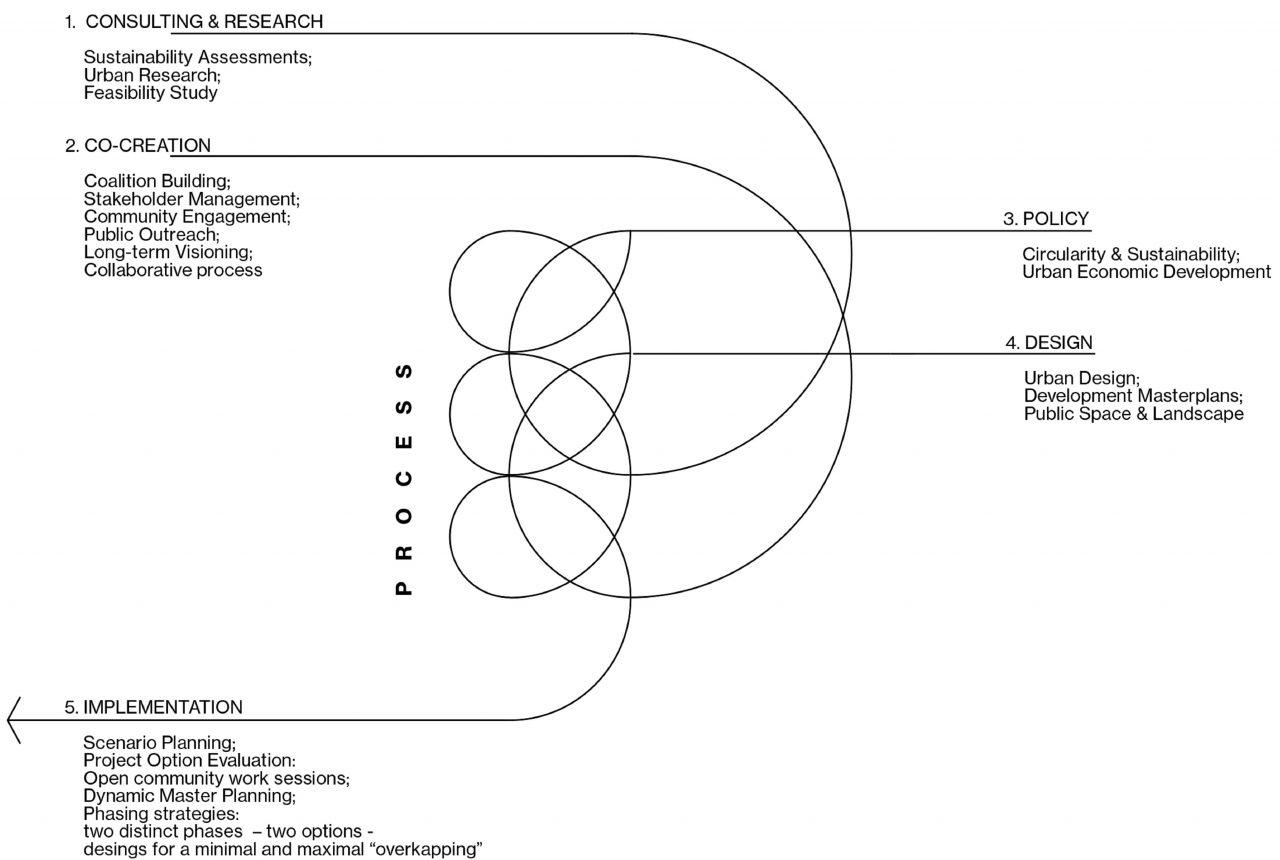
As its stands, the data we gather for informing the climatization of our buildings is of a completely different nature than that regarding the communities we build for. The former is focused on the precision of quantifiable variables, while the latter is highly fallible given its anthropic source. What we bring to the world will then not solely depend on empirical data, given the impossibility to reduce people and their complex behavior patterns down to mere
numbers. Therefore, architecture has to endulge in an effort to compromise ideal comfort with the adaptation to the unpredictability that life itself incompasses. Built architecture should become unobtrusive, open itself to reinterpretation and refrain from producing ubiquitous prompts that would otherwise dictate its use. The quality of spaces should then be, for the most part, dictated by the quality of their occupation, dimming the boundary between built form and the transient nature of life. This notion is further emphasized by the fact that the architectural studio is rarely ever a chamber of reflection isolated from the flux of urban life. On the contrary, it thrives under the idea of belonging to and contributing for a wider sense of community. That means that the multiplicity of people and their backgrounds, which inhabit the metropolis and the urban environment, ultimately become the building material of predilection for a more holistic approach to our practice.
If built architecture has become opened for reinterpretation, likewise the field of architecture itself has opened to reinterpretation and reinvention. That condition becomes ever-more urgent as we are presented with increasingly more complex conundrums and unprecedented events, which demand permanent renewal of the way in which we navigate in and conceptualize our discipline. Moreover, these urgencies require sophisticated insight that can only be achieved through the involvment of specialized personnel from a growing multitude of fields. Not only will architecture depend strongly on other disciplines that are capable of informing it, but those same disciplines will also rely on architecture to take the art of building beyond the built artifact and into a celebration of intelligence and expertise. Consequently, the role of the architectural office and that of the master architect himself are subjected to a fundamental revision in order to re-locate them in the grand scheme of things.
As previously stated, in order for architecture to correspond accurately and adapt to our constantly mutating environment, it needs to rely on specialized personnel gifted with the know how and proficiency necessary to tackle issues that our field alone couldn’t otherwise. For that, the formation of coalitions is vital to guarantee a properly informed team capable of producing accurate and knowledge-based work. The expertise of these collaborative organizations can range immensely depending on the nature of the questions at hand and their scale, from engineers to anthropologists, from public workers to citizens, anyone’s contribution should be accounted for in the effort of reconciling the plurality of opinions with the ambition of engendering resilient designs for the general public. This would be no small feat for architecture given the fact that, up until the 20th century, other non-artistic disciplines had little to no involvement with ours - engineering and its many fields were only fully exercised in alliance with architecture
“The quality of those spaces should then be, for the most part, dictated by the quality of their occupation, dimming the boundary between built form and the transient nature of life.”
Work process diagram in a coalition © ORG Permanent Modernity“Anyone’s contribution should be accounted for in the effort of reconciling the plurality of opinions with the ambition of engendering resilient designs for the general public.”
“The building and the city hence become a crystalized chain reaction of ideas and intelligence that finds its root also in the environment in which it operates, both on an intellectual level as well as on the material one.”
since the middle of the century.
In order to achieve that, the successful architecture of the 21st century onwards should rely on the consensus of our field being an inherently collaborative and transformative practice. It is therefore implicit that architecture as a whole, beyond the built form, is the direct product of the application and adaptation of a shared bank of knowledge, often unauthored or anonymous. This idea of cooperation should be applicable even beyond the involvement of specialized fields and into the core creation of an architectural idea. As numerous studies came to prove throughout the years, even the creative process itself, once an unintelligible phenomenon, is immensely reliant on the consumption of the already existing content around us, followed by its unconscious (or conscious) application in a novel context, thus being a purely collaborative act at its core. To a certain extent, the building and the city hence become a crystalized chain reaction of ideas and intelligence that finds its root also in the environment in which it operates, both on an intellectual level as well as on the material one. Not only does architecture then arise from the application of our inherited opensource knowledge, but it is also predisposed to create new chains in that vast network, producing more of it. This entails that the architectural project is both informed by and informing its practitioners, critics and, ultimately, the wider public.
Sources:
ABRONS, Ellie (et al.), Discourse, A Series on Architecture: Authorship , New Jersey: Princeton University School of Architecture (2019)

“His or her [the architect’s] ultimate goal is to orchestrate many interveniants and their ideas by ingineously assemblying a combination of seemingly incompatible forms of knowledge, rather than coming across as the possesser of all intelligence.”
Architectural studios are the brains where most of this process takes place. As incubators of ideas introduced by a diverse intelligentsia , whose collaborators often migrate between different offices, the studios are the laboratories responsible for testing new hipothesis, confronting often contradictory ideas and expanding the bandwidth of our field. Needless to say, this precisely contradicts the illusion of the one-man show that we’ve previously discussed, implying that the work we often associate to single personas from the past should be understood as a poly-authored and multi-disciplinary endeavor. It is important to note that this does not mean the dissolution of architecture into the other fields of expertise that go along with it, nor the complete demise of hierarchical structures inside our working environments. Nevertheless, this understanding of the dynamics of our practice aims to reposition the head architect as a figure that is suspended at the core of an ample collaborative enterprise. His or her ultimate goal is to orchestrate many interveniants and their ideas by ingineously assemblying a combination of seemingly incompatible forms of knowledge, rather than coming across as the possesser of all intelligence. At last, the figure of the starchitect, as we know it, ceases to exist. Everything that we discussed throughout this manifesto is only attainable if we bury him deep beneath the ground.
AVERMAETE, Tom; NUIJSINK, Cathelijne, Architectural Contact Zones: Another Way to Write Global Histories of the Post-War Period? , in Architectural Theory Review, vol. 25, no. 3, London: Routledge, Taylor & Francis Group (2021)
CHIPPERFIELD, David (et al.), Common Ground: a critical reader , Venice: Marsilio Editori (2012)
Davos Switzerland, Davos Declaration: Conference of Ministers of Culture , 2018
MEYER, Hannes, Building , in Bauhaus, no. 4, Dessau: Bauhaus (1928)
NISHIZAWA, Taira, Bodies and Activities , in AA Files no. 54, London: Architectural Association School of Architecture (2006)
SMIRNOVA, Anastassia (et al.), Visionaries , Lisbon: Circo de Ideias (2022)
Tempelhofer Feld in Berlin: the conversion of a former nazi building into a democratic ground for public use, 2021